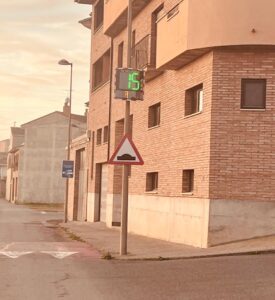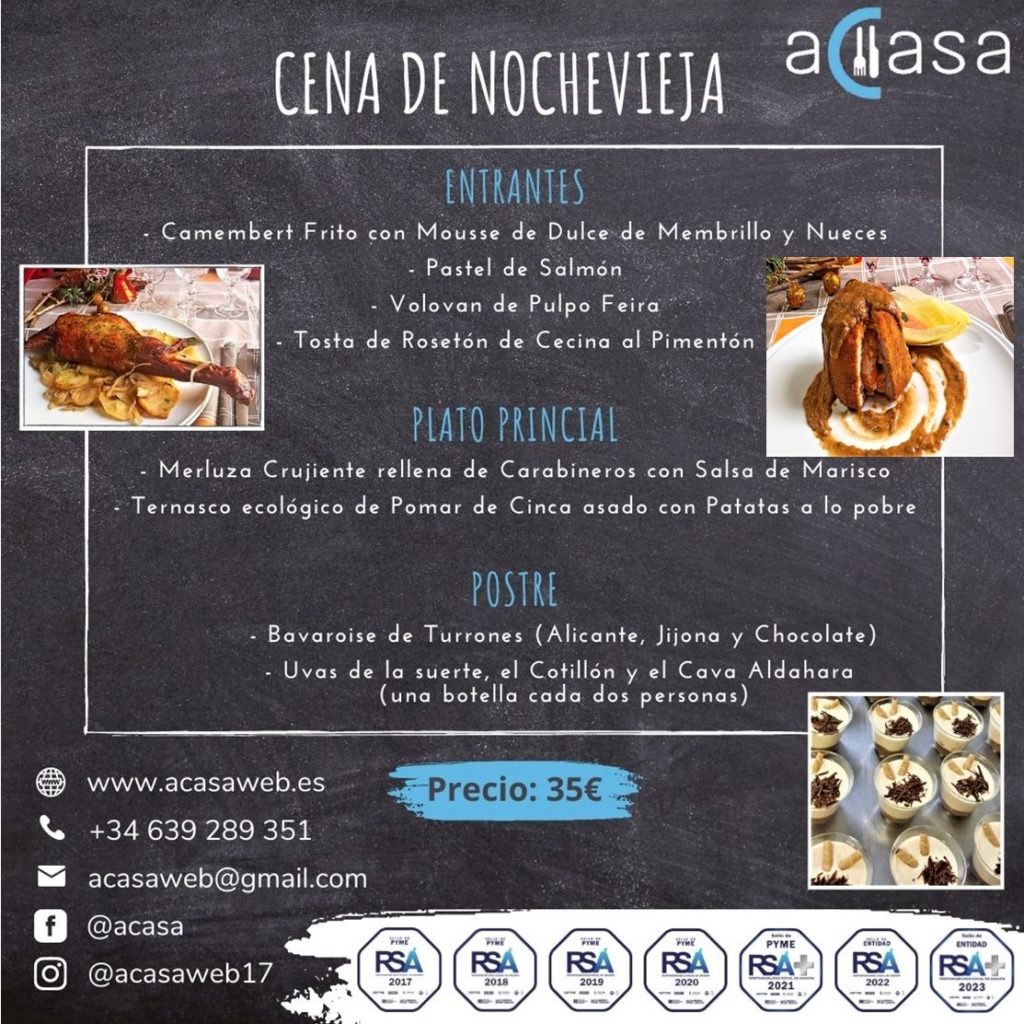[T]he conventional view is that atomic elements of language . . . the basic ones —those used for referring to the world— are associated with extra-mental entities . . .
To illustrate, let’s take . . . the problem posed by Heraclitus: how can we cross the same river twice? . . .
When we look into the question, puzzles abound. Suppose that the flow of the river has been reversed. It is still the same river. Suppose that what is flowing becomes 95 percent arsenic because of discharges from an upstream plant. It is still the same river . . . On the other hand, with very slight changes it will no longer be a river at all . . . If its sides are lined with fixed barriers . . . it is a canal, not a river. If its surface undergoes a slight phase change and is hardened, a line is painted down the middle, and it is used to commute to town, then it is a highway, no longer a river. Exploring the matter further, we discover that what counts as a river depends on mental acts and constructions. The same is true, quite generally, of even the most elementary concepts: tree, water, house, person, London, or in fact, any of the basic words of human language. Radically . . . the items of human language and thought uniformly violate the representationalist doctrine.
Noam Chomsky interviewed by C.J. Polychroniou: «Noam Chomsky on the Evolution of Language: A Biolinguistic Perspective», in truth-out.org ; Sacramento : Truthout, 24 September 2016 (excerpt La Litera información)






